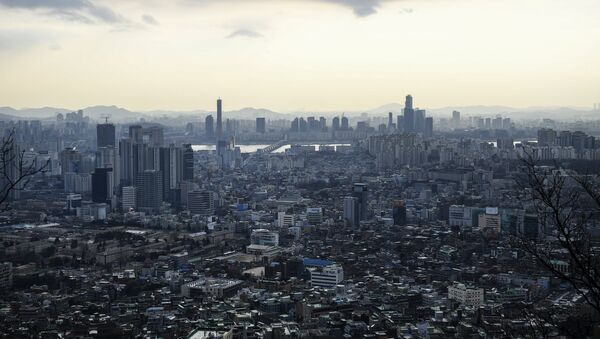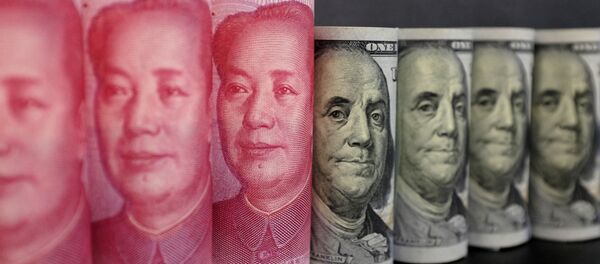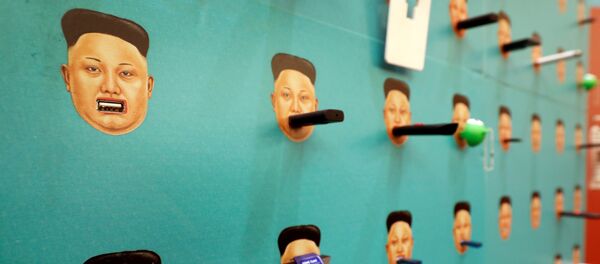Kristian Rouz – Defying the elevated political tensions on the Korean Peninsula, South Korea’s economy has accelerated to its fastest rate in seven-years driven by robust domestic retail sales, as well as a pick-up in foreign trade. This brings the nation’s monetary policy into the spotlight, with investors and policymakers alike getting ready for a rate hike from the Bank of Korea (BOK).
READ MORE: Your Buddy in Beijing: China’s Secretive $360 Billion Foreign Aid Program Mapped
South Korea’s department store sales accelerated to an 11-month high in September, driving a broader economic expansion, as consumer demand rose ahead of the national holidays. According to the nation’s trade ministry, total sales last month rose 4.9 percent year-on-year in September, compared to a 0.8-percent slump the previous month.
These figures include retail sales at Hyundai Department Store, Lotte Shopping, and Shinsegae Co. – the nation’s largest retail chains. Market participants expect a further acceleration in October, which would drive economic expansion in the current quarter, as last October retail sales rose 6 percent year-on-year.
— CarIndustryAnalysis (@lovecarindustry) 12 октября 2017 г.
South Korea’s national holidays fell on 2-8 October this year and were likely accompanied by a robust increase in consumer demand for food and durable goods.
Overall, South Korea’s GDP rose 1.4 percent in Q3 quarter-on-quarter, or 3.6 percent year-on-year, according to data from the BOK. This was far above the consensus forecast of 0.8-percent quarterly growth, whilst annualized growth outpaced the earlier projections of 2.7-percent expansion.
"This kind of robust growth is surely a rate-hike ingredient," Kim Doo-un of Hana Financial Investment said. "Shipments out of semiconductors and IT sector, in general, have been good, and it also seems exports of services also improved in the third quarter."
The economic growth in South Korea was also driven by the rising global demand for manufactured goods and hi-tech products. South Korea’s exports in memory chips allowed the nation to offset the negative effects of the decline in tourism and trade with mainland China, which both stem from the ongoing political tensions with North Korea.
"Provided conflict is avoided, South Korea should continue to grow strongly over the coming year," Capital Economics’ experts wrote in a note.
Economists expect the BOK to bring base borrowing costs back up to 1.5 percent during their policy meeting in November, even though South Korea’s business confidence and investment appeal have suffered a blow due to the exacerbated threat of a military conflict with the North.
The BOK’s official GDP growth target is 3 percent, which the economy is currently overshooting, meaning the BOK can comfortably afford a normalization in rates in order to contain inflation at the expense of growth.
"Even if the economy contracts on-quarter, say by about 0.54 percent in the fourth quarter, we can achieve 3 percent expansion this year," Chung Kyu-il of the BOK says.
South Korea has not employed large-scale unconventional monetary policies following the global financial crisis, only cutting its rates from 6 percent to 2 percent following the 2009 meltdown. Its monetary policies have been fairly steady, and are currently at their most accommodative since the crisis.
South Korea is poised to capitalize on the ongoing improvements in international trade, as well as fiscal stimulus in the form of increased government spending, and gains in the nation’s minimum wage – which would spur domestic demand for consumer goods.
However, South Korea’s economy has a major structural flaw, which is the high level of household indebtedness. A more aggressive monetary policy course could ease the problem over the next two decades, but as of now, the BOK is taking a rather cautious stance on the matter.




